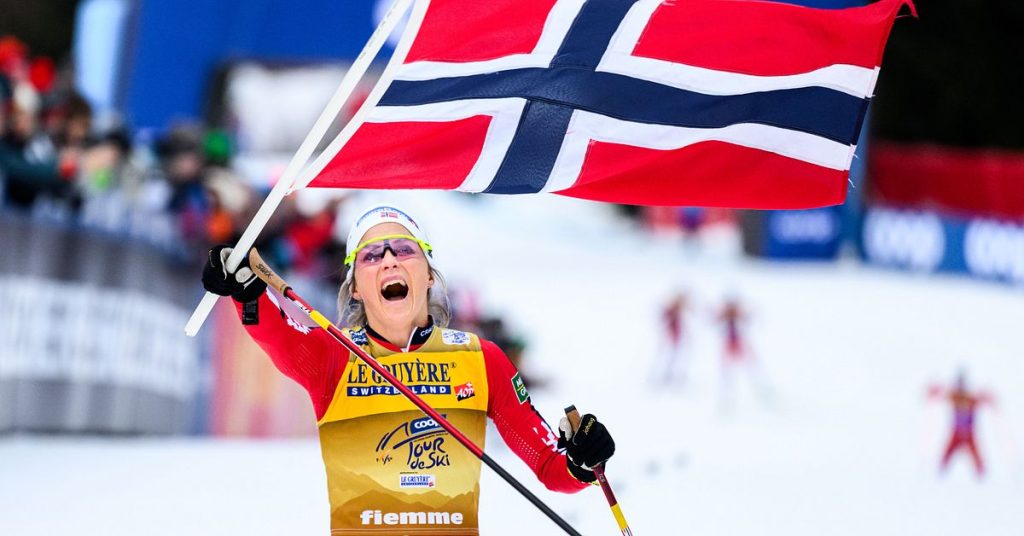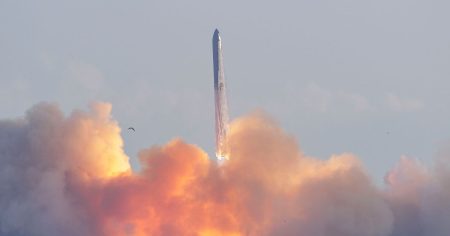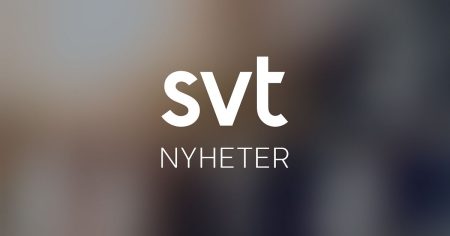The 2022/2023 FIS Cross-Country World Cup season showcased a dominant performance by Norwegian skiers, particularly in the earnings category. Therese Johaug, though retired, still topped the women’s list with a staggering 1,258,542 kronor, a testament to her prior season’s success which likely included bonus payouts. Her compatriot, Astrid Öyre Slind, secured second place with 818,542 kronor, solidifying Norway’s stronghold on the women’s distance events. American Jessie Diggins claimed a respectable third place with 610,852 kronor, showcasing her consistent presence on the podium throughout the season. Further down the list, Ebba Andersson of Sweden earned 195,857 kronor, highlighting a comparatively less successful season for Swedish women. Moa Ilar and Linn Svahn, also representing Sweden, earned a modest 48,890 kronor each, indicating challenges in achieving consistent top placements.
On the men’s side, the Norwegian dominance continued with Johannes Hösflot Kläbo leading the pack, amassing 1,270,775 kronor. This substantial sum reflects his consistent victories and podium finishes across both sprint and distance events. Mika Vermeulen of Austria secured a strong second place with 709,859 kronor, indicating a breakthrough season for the Austrian skier. Hugo Lapalus of France rounded out the top three with 563,134 kronor, demonstrating consistent performances throughout the season. Edvin Anger, representing Sweden, earned 195,857 kronor, mirroring Ebba Andersson’s earnings and suggesting a parallel trend in performance for the Swedish team.
The disparity in earnings between the top Norwegian skiers and the rest of the field underscores the significant performance gap. Johaug and Kläbo’s earnings dwarf those of even the second-placed skiers in their respective categories, highlighting their exceptional dominance. This financial disparity likely reflects a combination of race winnings, bonus structures for overall World Cup standings, and potentially sponsorship deals linked to performance. The substantial earnings of the top Norwegian athletes underscore the country’s highly successful skiing program and the substantial financial rewards that accompany consistent victories at the highest level of competition.
Swedish athletes, while represented across both men’s and women’s rankings, experienced a comparatively less successful season financially. While Ebba Andersson and Edvin Anger achieved similar earnings in the mid-range, the lower earnings of other Swedish skiers indicate difficulty in consistently reaching the podium. The zero earnings of several male skiers, such as Jens Burman, Gustaf Berglund, Truls Gisselman, and Oskar Svensson, paint a stark picture of the challenges faced in breaking into the top tier of the highly competitive World Cup circuit. Marcus Grate’s modest 24,466 kronor underlines the difficulty in securing substantial financial rewards without frequent top-level finishes.
The overall picture presented by these earnings reflects a stratified structure within the world of cross-country skiing. A small elite group, primarily Norwegian, commands the lion’s share of the prize money due to their consistent podium finishes and overall World Cup standings. The remaining athletes compete for a smaller pool of resources, with earnings reflecting the difficulty in breaking into the top echelons. This emphasizes the immense challenge and competitive pressure within the sport and highlights the substantial benefits that accrue to those who achieve and maintain elite status.
The financial data provides valuable insights into the competitive landscape of the FIS Cross-Country World Cup. It underscores the dominance of Norwegian skiers, the challenges faced by athletes from other nations, and the significant financial rewards associated with success. The disparity in earnings also sheds light on the hierarchical structure of the sport, with a small elite group commanding a disproportionate share of the available prize money. This financial breakdown provides a concrete measure of performance and offers a glimpse into the dynamics of this highly competitive winter sport.














